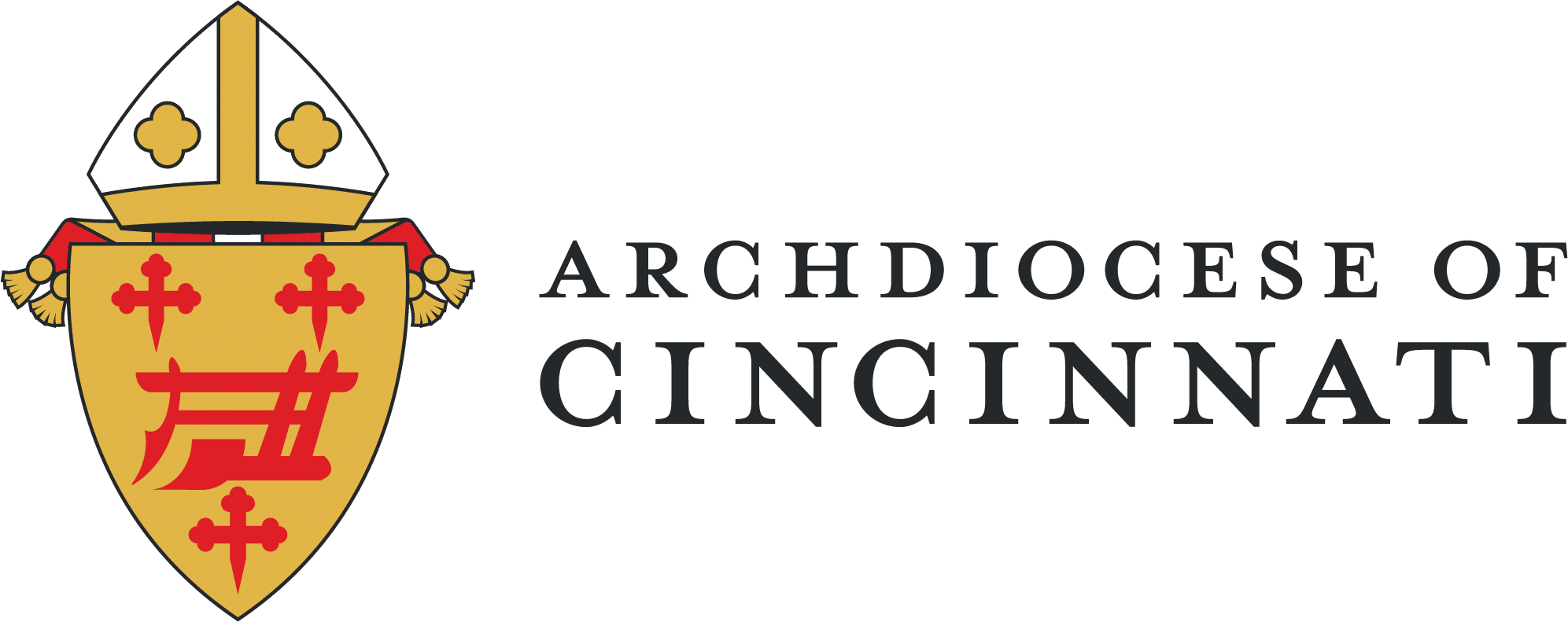“In order to communicate the message entrusted to her by Christ, the Church needs art,” St. Pope John Paul II writes in his Letter to Artists, issued on Easter Sunday, 1999. As you will read in this issue of The Catholic Telegraph, art and beauty have a unique power to evangelize.
An actor, playwright and poet, St. John Paul II takes a broad view of what he calls “the divine spark which is the artistic vocation.” He remarkably says that “all men and women are entrusted with the task of creating their own life: in a certain sense, they are to make of it a work of art, a masterpiece.”
In the earliest days of the Church, artists evoked Christ with symbolic images of fish, loaves, bread and the lamb. Art became more representational in the catacombs of Rome, often illustrating Jesus the Good Shepherd, as well as scenes from the Old and New Testaments. In the centuries since, St. John Paul II writes, “the biblical text has fired the imagination of painters, poets, musicians, playwrights and film-makers.”
The Bible itself is a literary masterwork, an entire library representing a whole panoply of literary genres – including poetry, songs, history and letters – in one volume. While that library was closed to all but the most educated for many centuries, visual art was not. As St. John Paul II notes, “in times when few could read or write, [artistic] representations of the Bible were a concrete mode of catechesis.”
Catechesis-by-art took place primarily in churches. Not only do stained-glass windows, statues and stations of the cross tell stories of our faith, now as then, so does the magnificent architecture of churches built from the time of Emperor Constantine in the 4th Century onward. The striking architecture of many of our churches draws worshippers closer to God through its beauty.
Sacred music also draws us closer to God. Hymns have always been a part of Christian worship. “The faith of countless believers has been nourished by melodies flowing from the hearts of other believers,” writes St. John Paul II, “either introduced into the liturgy or used as an aid to dignified worship. In song, faith is experienced as vibrant joy, love and confident expectation of the saving intervention of God.”
Together, music, architecture and representational art (paintings, statues, stained glass) help immerse and evangelize the faithful who are present in a church for the Holy Sacrifice of the Mass.
And thanks to technology, those who are unable to fully participate in Mass in person can watch it from home. Now many of our parishes livestream services, providing the opportunity for spiritual communion. We were blessed to have this option when our parishes were closed because of the pandemic.
However, watching the Eucharistic celebration online or on television is not the same as participating in what Vatican II calls “the source and summit of the whole Christian life” (LG 11). Now that our churches have reopened with strong health safety protocols in place, I urge all Catholics who are not at particular risk for the coronavirus to return to weekly participation in Mass during the upcoming season of Lent – if you have not already done so.
May the 40 days of Lenten penitential waiting remind us that Christ is always with us in our suffering and prepare us for the joy of Easter.




